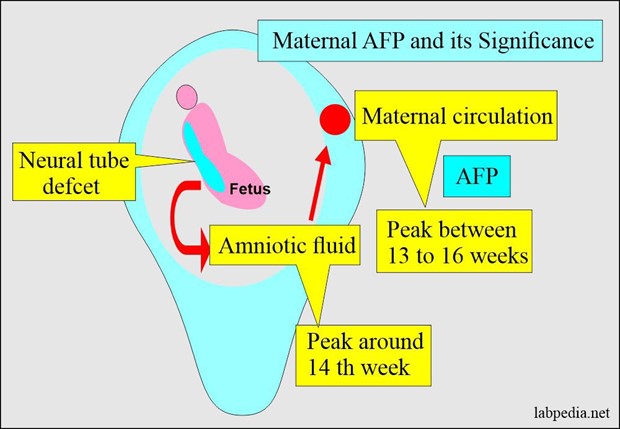Which comment would indicate that a pregnant woman understands the recommended dietary caloric increase for pregnancy?
"I will add an additional 500 calories/day by drinking milkshakes.".
"I need to add 300 calories/day by increasing intake of the basic food groups.".
"I will need to double my caloric/day intake since I am eating for two.".
"I really need to watch my caloric intake, so I will not gain too much weight.".
The Correct Answer is B
During pregnancy, a woman needs to increase her caloric intake by approximately 300 extra calories per day.
These extra calories should come from a balanced diet of protein, fruits, vegetables, and whole grains.
Choice A is incorrect because adding an additional 500 calories/day by drinking milkshakes is not a healthy way to increase caloric intake during pregnancy.
Choice C is incorrect because doubling caloric intake is not necessary during pregnancy.
Choice D is incorrect because while it is important to watch caloric intake during pregnancy, it is also important to increase caloric intake by approximately 300 extra calories per day.
Nursing Test Bank
Naxlex Comprehensive Predictor Exams
Related Questions
Correct Answer is C
Explanation
Elevated levels of MSAFP may indicate that the baby is at risk of a neural tube defect, like spina bifida.
However, further testing is required to confirm the results and determine the cause of the elevated levels.

Choice A is incorrect because low levels of MSAFP may indicate a risk for Down syndrome, not elevated levels.
Choice B is incorrect because while elevated levels of MSAFP may indicate a risk for neural tube defects, further testing is required to confirm this.
Choice D is incorrect because while repeating the test may be necessary, further testing beyond just repeating the MSAFP screening may also be required.
Correct Answer is A
Explanation
Muscular dystrophies are disorders associated with progressive degeneration of muscles, resulting in relentless and increasing weakness.
This is a general description of muscular dystrophy, a group of genetic diseases that affect different types of muscles and cause various degrees of disability.
Children with muscular dystrophy may experience frequent falls, difficulty walking or running, muscle pain, learning difficulties, and breathing problems.
There is no cure for muscular dystrophy, but treatments can help manage symptoms and slow down the progression of the disease.
Choice B.
The extent of degeneration depends on performing daily physical therapy is incorrect, as physical therapy cannot prevent or reverse the degeneration of muscles caused by muscular dystrophy.
Physical therapy can help maintain muscle strength and flexibility, prevent contractures and deformities, and improve mobility and function.
Choice C.
The child will be able to function normally and require no special accommodations is incorrect, as muscular dystrophy affects the child’s ability to perform daily activities and may require assistive devices, such as braces, wheelchairs, or ventilators.
The child may also need special education services, occupational therapy, speech therapy, or psychological counseling to cope with the disease.
Choice D.
The weakness that the child is currently experiencing will probably not increase incorrectly, as muscular dystrophy is a progressive disease that causes muscle weakness to worsen over time.
The rate and severity of progression may vary depending on the type and subtype of muscular dystrophy.
Therefore, choice A is the best answer to this question.
Whether you are a student looking to ace your exams or a practicing nurse seeking to enhance your expertise , our nursing education contents will empower you with the confidence and competence to make a difference in the lives of patients and become a respected leader in the healthcare field.
Visit Naxlex, invest in your future and unlock endless possibilities with our unparalleled nursing education contents today
Report Wrong Answer on the Current Question
Do you disagree with the answer? If yes, what is your expected answer? Explain.
Kindly be descriptive with the issue you are facing.
